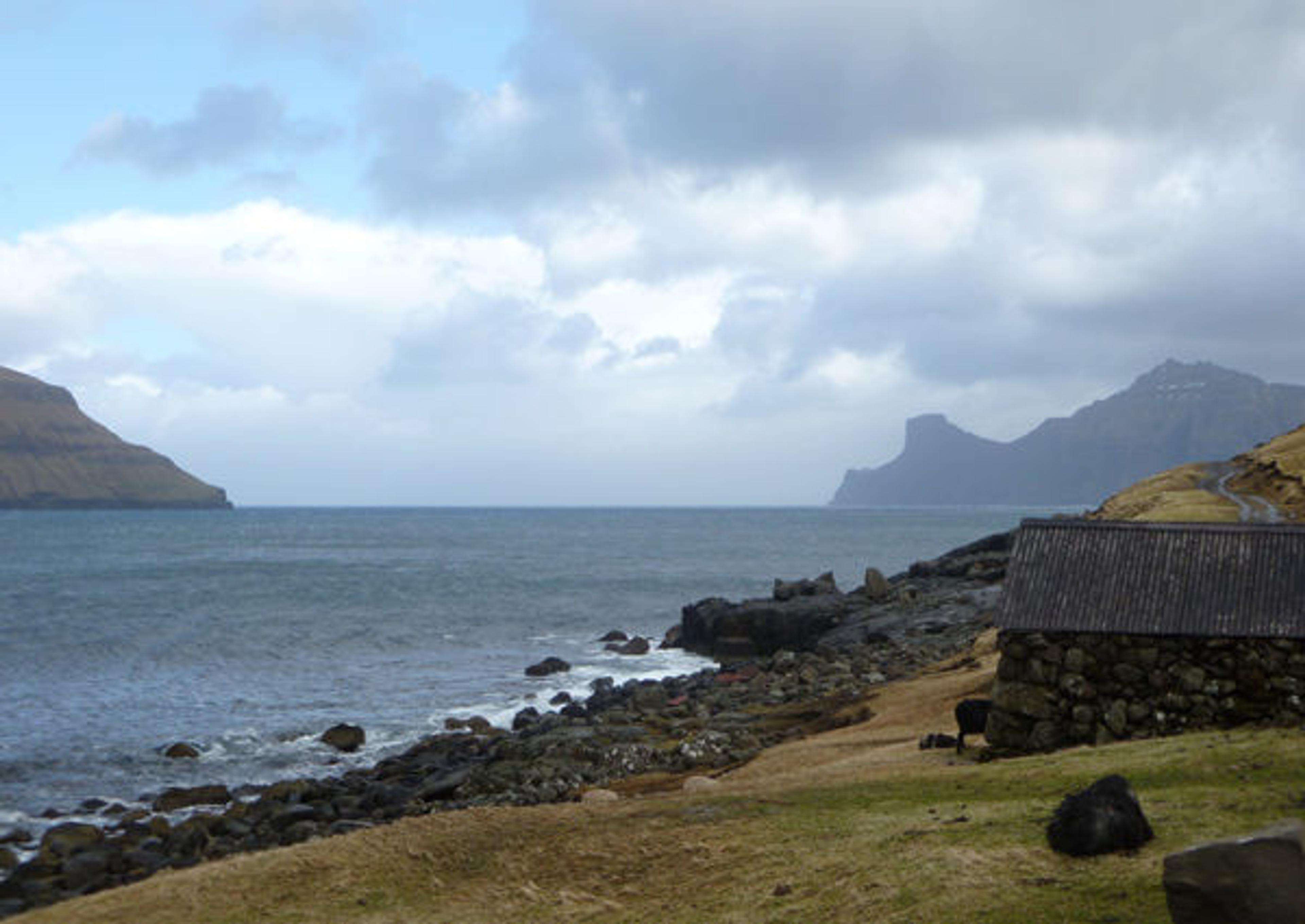Tales of the Summer

The twelfth-century Saint Olav's Church in Kirkjubøur on the island of Streymoy. This village is the most important medieval site in the Faroe Islands, established as the residence of the bishops of the Faroes in the mid-eleventh century. The ruins of the unfinished Gothic Saint Magnus Cathedral and old episcopal residence still stand. All photographs by Christina Alphonso
«Does anyone else remember the first day back at grade school after summer vacation? My teachers often had the class write an essay detailing what they did over the course of the summer. In the next few posts, several staff members at The Cloisters will present the ways in which we spent our time at work and play this summer. My story begins on seas once crossed by Viking longships.»
I have an affinity for travel to northern destinations—the more remote, the better. In late spring, a friend and I set off for the Faroe Islands, located approximately halfway between Norway and Iceland in the North Atlantic Ocean. After a two-day ferry trip from Hirtshals, Denmark, we arrived in Tórshavn, the capital city of the Faroes.
There is dispute over the identity of the first settlers, who arrived long before the Norse Vikings and may have been fifth-century Irish hermit monks. The earliest surviving tale of the first period of Norse settlement, The Saga of Thrond of Gate, was actually written in Iceland just after 1200. This and other sagas provided hours of entertainment, keeping us occupied on the ferry as we traveled to the Faroes in far more comfort than the intrepid monks or Norsemen.

View from the village of Elduvík. The Faroese sheep in the foreground are native to the islands, where they range freely, and are very hardy. They were introduced to the Faroes in the ninth century and may even have inspired the name Faeroe itself. Lamb and wool are important products to the economy.
Christina Alphonso
Christina Alphonso is the administrator at The Met Cloisters.